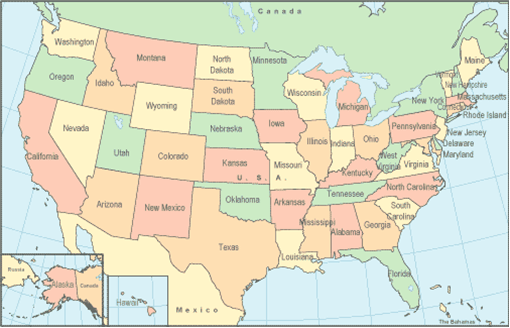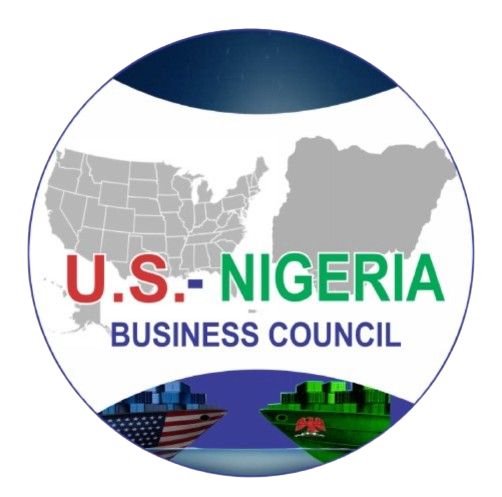STATISTICS – NIGERIA
Nigeria is the largest country in Africa and accounts for 47% of West Africa’s population. It is also the biggest oil exporter in Africa, with the largest natural gas reserves in the continent.
Nigeria is the most populated country in Africa. Its oil and other natural resources make it the continent’s wealthiest country. The country is made up of an incredibly mixed group of people from more than 250 different ethnic groups and a number of different religions. Its landscape is just as varied; ranging from tropical rainforests and swamps, to deserts and open grasslands
Nigeria is West Africa’s economic giant and more of a business destination than a tourist attraction. Nigeria’s oil attracts most foreigners to the country.
GEOGRAPHY
Nigeria is the most populous country in Africa and accounts for over half of West Africa’s population. It borders the Gulf of Guinea, and is located between Benin and Cameroon.
- Capital City: Abuja (pop. est. 1.6 million)
- Natural Resources: petroleum, natural gas, tin, iron ore, coal, limestone, niobium, lead, zinc, arable land.
- Location: Nigeria is located in West Africa bordering the Gulf of Guinea, between Benin and Cameroon, see map.
- Area: 923,768 sq km, (almost twice the size of California or Spain).

SOCIETY
- Population: 168 million (estimated, as of 2012)
- Ethnic Groups: Nigeria has 250 ethnic groups. The most populous and politically influential include: Hausa and Fulani 29%, Yoruba 21%, Igbo (Ibo) 18%, Ijaw 10%, Kanuri 4%, Ibibio 3.5%, Tiv 2.5%.
- Languages: English (official), Hausa, Yoruba, Igbo (Ibo), Fulani, and over 500 additional indigenous languages. The dominant ethnic group in the northern two-thirds of the country is the Hausa-Fulani, most of whom are Muslim. Other major ethnic groups of the north are the Nupe, Tiv, and Kanuri. The Yoruba people are predominant in the southwest. The Igbo (Ibo) are predominant in the southeast.
- Religion: The population is roughly balanced between Muslims and Christians with a small minority of those who practice indigenous beliefs. Estimates; Muslim 50%, Christian 40%, and indigenous beliefs 10%.
ECONOMY OUTLOOK
Real gross domestic product (GDP) is estimated to have grown by 6.1% owing to continued strong performance mainly in services, but also industry (apart from oil mining) and agriculture. The oil sector was in decline, albeit at a slower rate than in the previous year. Oil and gas GDP was estimated to have declined by 1.3%, relative to a decline of 13.1% in 2013. The sharp decline in oil prices since the third quarter of 2014 has posed major challenges to the country’s external balance and public finances. Oil accounts for close to 90% of exports and roughly 75% of the country’s consolidated budgetary revenues. The GDP numbers indicate that telecommunications, real estate, manufacturing, construction, entertainment increased their shares of GDP.
INDEPENDENCE
- Nigeria gained full independence in October 1960, as a federation of three regions (northern, western, and eastern) under a constitution that provided for a parliamentary form of government.
- Under the constitution, each of the three regions retained a substantial measure of self-government.
- The federal government was given exclusive powers in defense and security, foreign relations, and commercial and fiscal policies.
- In October 1963, Nigeria altered its relationship with the United Kingdom by proclaiming itself a federal republic and promulgating a new constitution.
FINANCIAL DATA & STATISTICS
Visit http://www.cbn.gov.ng/rates/default.asp
- Crude Oil Price
- Discount Windows
- Exchange Rates
- Financial Data
- Foreign Exchange WDAS Spot
- Government Securities Details
- Government Securities Summary
- Inflation
- Inter-bank Rates
- International Payments
- Items & Publications for Sale
- Macro Indicators
- Money and Credit Statistics
- Money Market Indicators
- Monthly Average Exchange Rates of the Naira
- Movement in Foreign Reserve
- Statement of Assets & Liabilities
- Statistical Bulletins
- Statistics Database
- Summary of 5 – Year Financial Summary
FACTS ABOUT THE U.S.A.

| Capital: | Washington, D.C. |
| Independence Day: | July 4, 1776 |
| Motto: | In God We Trust |
| National Bird: | Bald Eagle |
| National Flower: | Rose |
| National Anthem: | The Star-Spangled Banner |
| Area (50 states and District of Columbia only): | 9,631,418 sq km*Note:
Area of China: 9,596,960 sq km Area of HK: 1,092 sq km |
| Comparative Size: | About one-half the size of Russia; about three-tenths the size of Africa; about one-half the size of South America (or slightly larger than Brazil); slightly larger than China; about two and one-half times the size of Western Europe. |
| Largest State: | Alaska |
| Smallest State: | Rhode Island |
| Largest Cities: | New York, Los Angeles, Chicago, Houston, Philadelphia, San Diego, Detroit, Dallas, Phoenix, San Antonio |
| Border Countries and Oceans: | Canada, Mexico, Atlantic Ocean, Gulf of Mexico, Pacific Ocean*Note: World’s third-largest country by size (after Russia and Canada) and by population (after China and India); Mt. McKinley is highest point in North America and Death Valley the lowest point on the continent. |
| Population: | 295,734,134 (July 2005 est.) |
| Languages: | English 82.1%, Spanish 10.7%, other Indo-European 3.8%, Asian and Pacific island 2.7%, other 0.7% (2000 census) |
| Religions: | Protestant 52%, Roman Catholic 24%, Mormon 2%, Jewish 1%, Muslim 1%, other 10%, none 10% (2002 est.) |
| Abridged from the CIA World Factbook and other U.S. government materials | |
